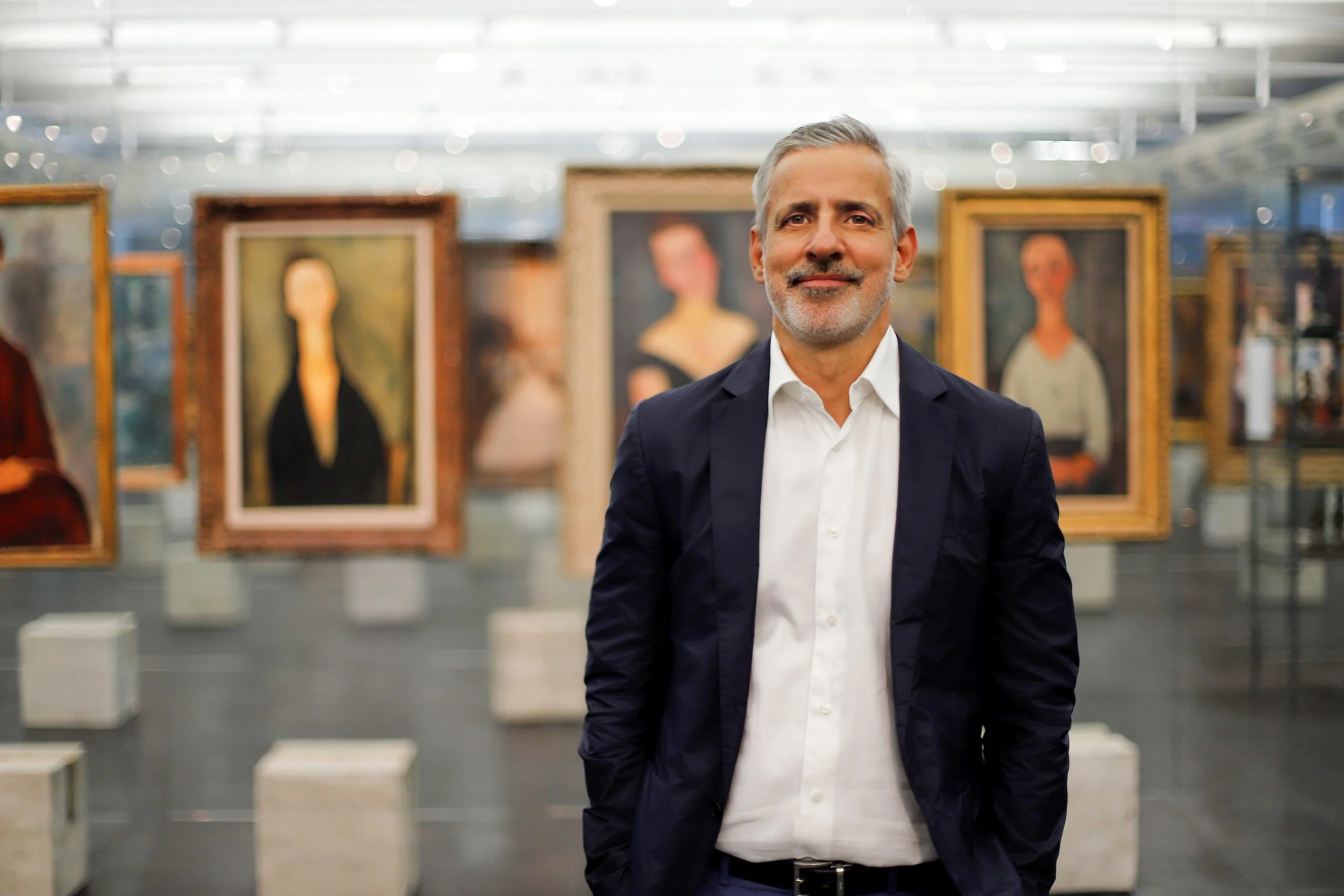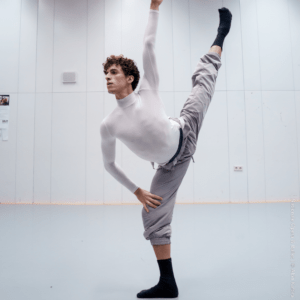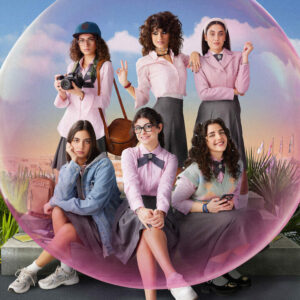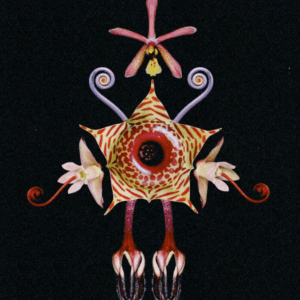This week, the Venice Biennale saw the crème de la crème of the art world descended upon the Italian city for a week of previews before the event officially opens to us, mere mortals, on April 20th. Yes, there will be egos, there will be money, and there might even be a touch of preposterous posturing – taking a line from Jerry Gagosian (Instagram), the art world’s resident provocateur: “Instagramming a water taxi? For Venice? Groundbreaking.”

But in all seriousness, the Venice Biennale (Instagram) transcends the inevitable glitz. It’s more than just a glamorous excuse for art world power players to mingle over prosecco. The Biennale is a cultural compass, setting the direction for the art world every two years. Curators, artists, and collectors from across the globe travel to Venice, their eyes fixed on the latest trends and groundbreaking ideas unveiled within the hallowed halls of the Giardini and Arsenale.
This year’s edition, under the visionary leadership of Brazilian curator Adriano Pedrosa (Instagram), promises to be a landmark event. The curator is the first Latin American of the Biennale, the first curator working in the Global South. Entitled “Foreigners Everywhere,” the Biennale takes a bold step towards inclusivity, placing artists from Africa, Latin America, Asia, and the Middle East at centre stage. Gone are the days of Eurocentric dominance; Pedrosa rewrites the narrative of art history, showcasing previously overlooked 20th-century artists from the South alongside established Western Modernists.

Pedrosa doesn’t stop there. He delves into the complexities of identity, exploring themes of migration and the outsider artist. The “Nucleo Contemporaneo” (contemporary nucleus) is a vibrant tapestry woven from these threads, featuring a record-breaking 332 artists. Expect established figures alongside emerging talents, all pushing boundaries and challenging preconceptions.

However, a powerful statement wouldn’t be so without a rebuttal, Artist Anish Kapoor expresses concern that the theme, while likely intended to challenge ideas of national identity, might unintentionally align with the anti-migrant stance of Italy’s current government. He suggests that reclaiming the phrase “Foreigners Everywhere” could be misread, potentially serving the very forces it seeks to critique. Kapoor encourages other artists to reflect on their participation and suggests to curator Adriano Pedrosa that the title might benefit from further consideration.
The Biennale isn’t just about intellectual exploration, it’s an immersive experience. Pedrosa pays homage to the Italian-Brazilian architect Lina Bo Bardi by using her innovative display system in a section dedicated to “Italians Everywhere,” a playful counterpoint to the overall theme. Imagine the raw beauty of the Arsenale space juxtaposed with the elegance of Bo Bardi’s glass easels – a visual symphony that reflects the Biennale’s global reach.

In the face of recent global turmoil, the urgency of the exhibition’s message is impossible to ignore. The refugee crisis and rising tensions around immigration cast a long shadow over our world. “Foreigners Everywhere” isn’t simply an artistic exploration; it’s a powerful commentary on the human experience in the 21st century. By showcasing the artistic voices of displaced communities and those grappling with issues of identity, the Biennale compels us to confront these challenges head-on. It’s a call for empathy, a reminder of the shared humanity that transcends borders and backgrounds. The Venice Biennale has always been a platform for dialogue, and in these uncertain times, “Foreigners Everywhere” offers a much-needed space for reflection and understanding.
Palestinian voices are prominently featured throughout the Biennale. Their work appears in both the central exhibition and a separate “collateral event” as the artists underscore the their belief that a ceasefire is only a temporary solution. True peace, they argue, requires addressing the underlying issues that fuel the conflict.
For more stories of culture and arts visit our dedicated pages.











